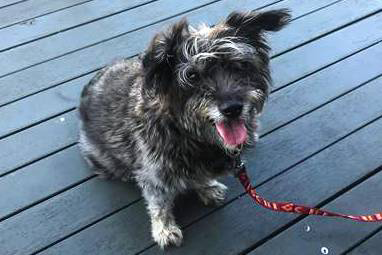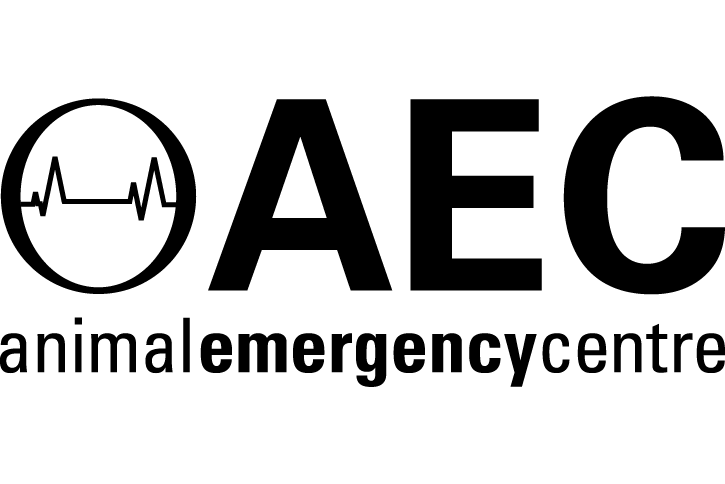It’s known as a seizure without an underlying cause. It is much more common in dogs than in cats and a pet’s first seizure usually occurs between 1-5 years of age.
Seizures can come in many shapes and forms. There are generalized seizures, which can be characterised by a pet:
- Being unconsciousness and unresponsiveness
- Falling or lying down
- With their legs rigidly stretched out or drawn up toward their body
- With limbs jerking
A pet can also have a partial seizure, which can include:
- Jerking or twitching of a single limb or one/both sides of the face
- Head turning to one side
- Repeated blinking of one or both eyes
- Chewing movements and salivation
- Disorientation
- Excessive barking
- Unprovoked aggression
- Excessive licking or biting at the air
Certain behaviours prior to a seizure such as hiding, restlessness, hyperactivity and attention seeking can also occur.
Following a seizure, some animals can be restless, pant excessively be hyperactive, thirsty and hungry.
What to do if your pet has a seizure
It’s important to make sure your pet is safe during a seizure and to remove anything that might harm him/her. It’s best not to move your pet, however, if they are in are a dangerous area you can softly drag them by their feet.
Avoid your pet’s mouth as they might bite you. They can’t choke on their tongues so there is no need to put anything in their mouth.
You might want to put a sheet/blanket around them in case they defecate or urinate.
It’s important that any pet who has a seizure sees their vet urgently. Seizures can be caused by a number of underlying conditions, as well as poison ingestion. Pets can also develop epilepsy, where there is no underlying reason for their seizures.
.png)










